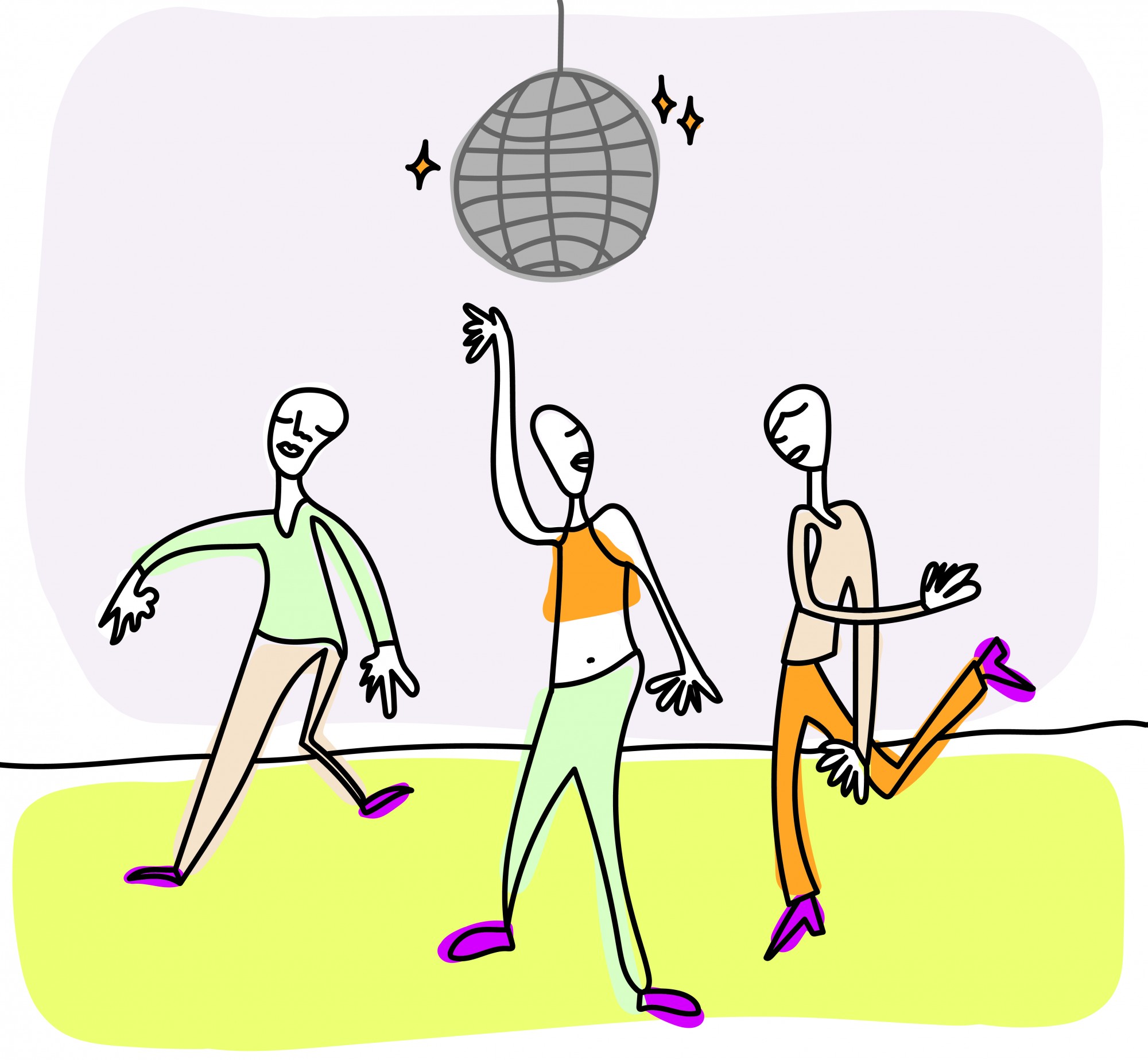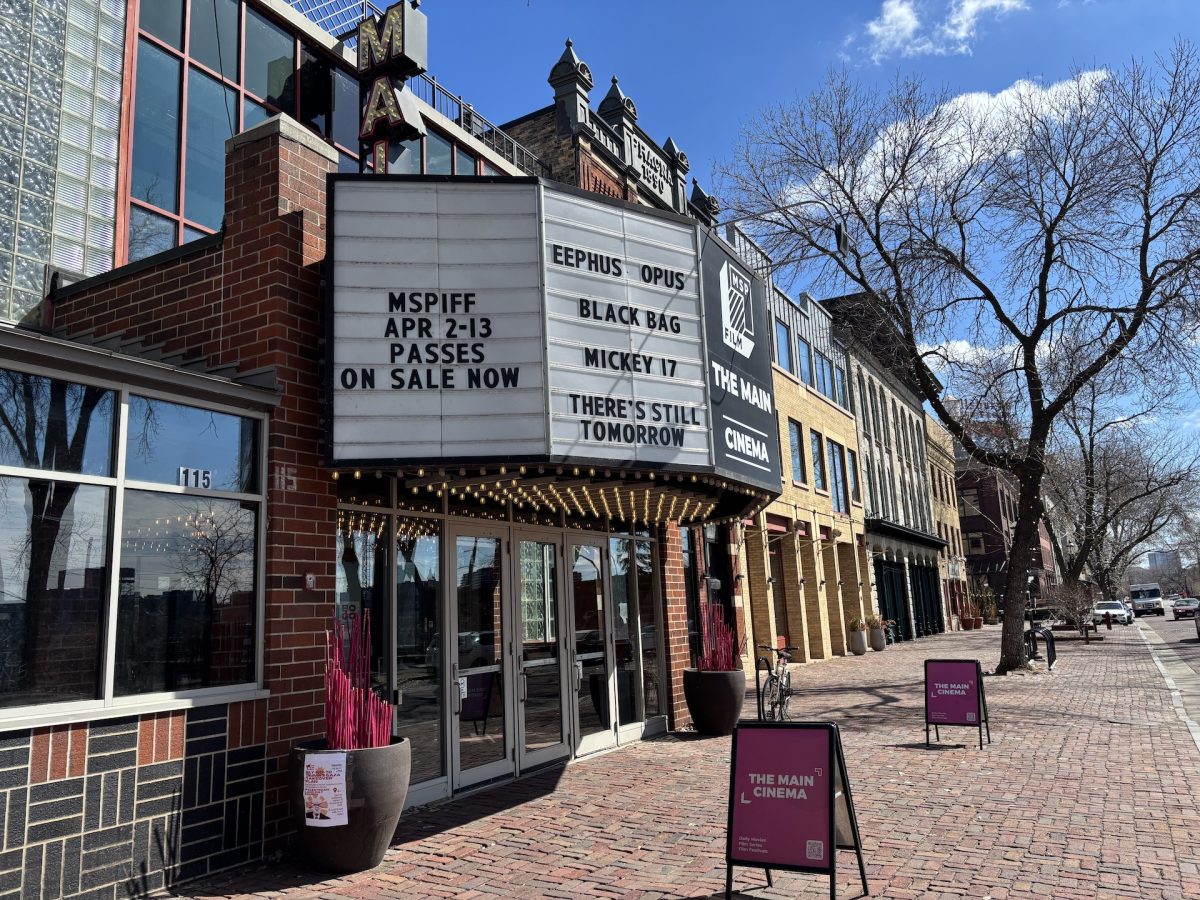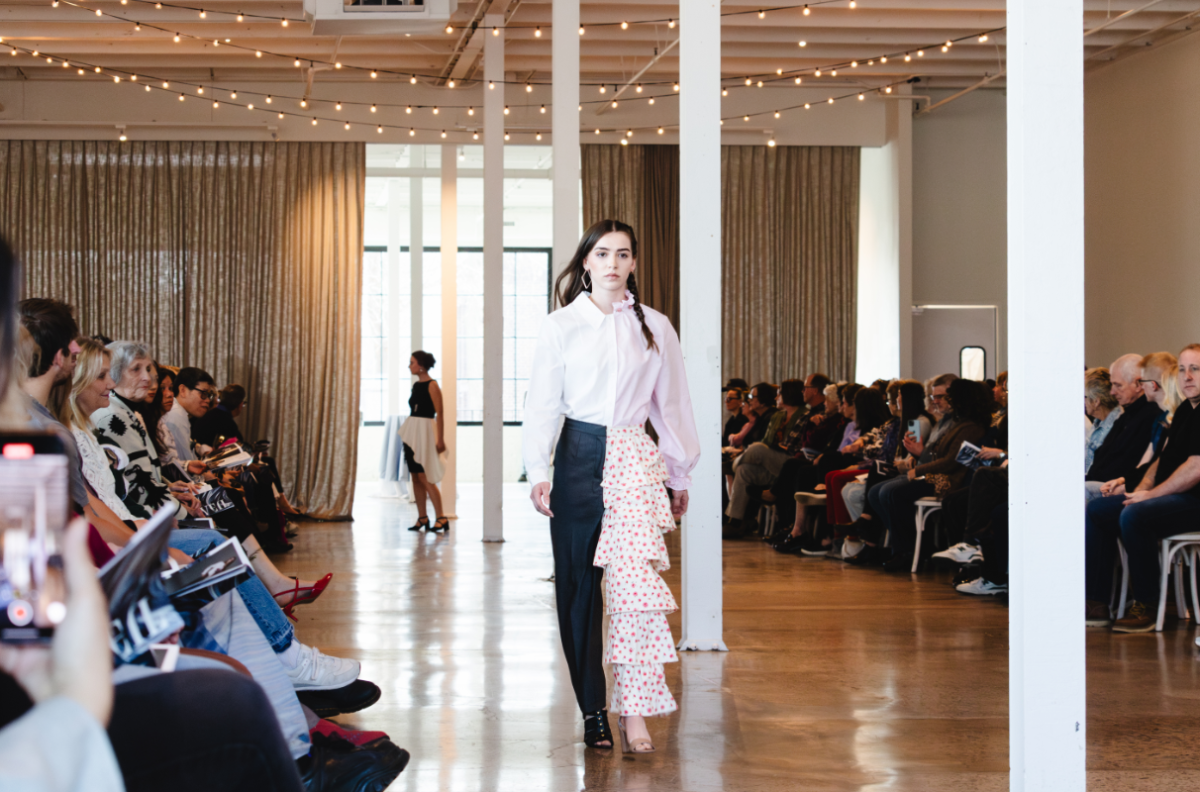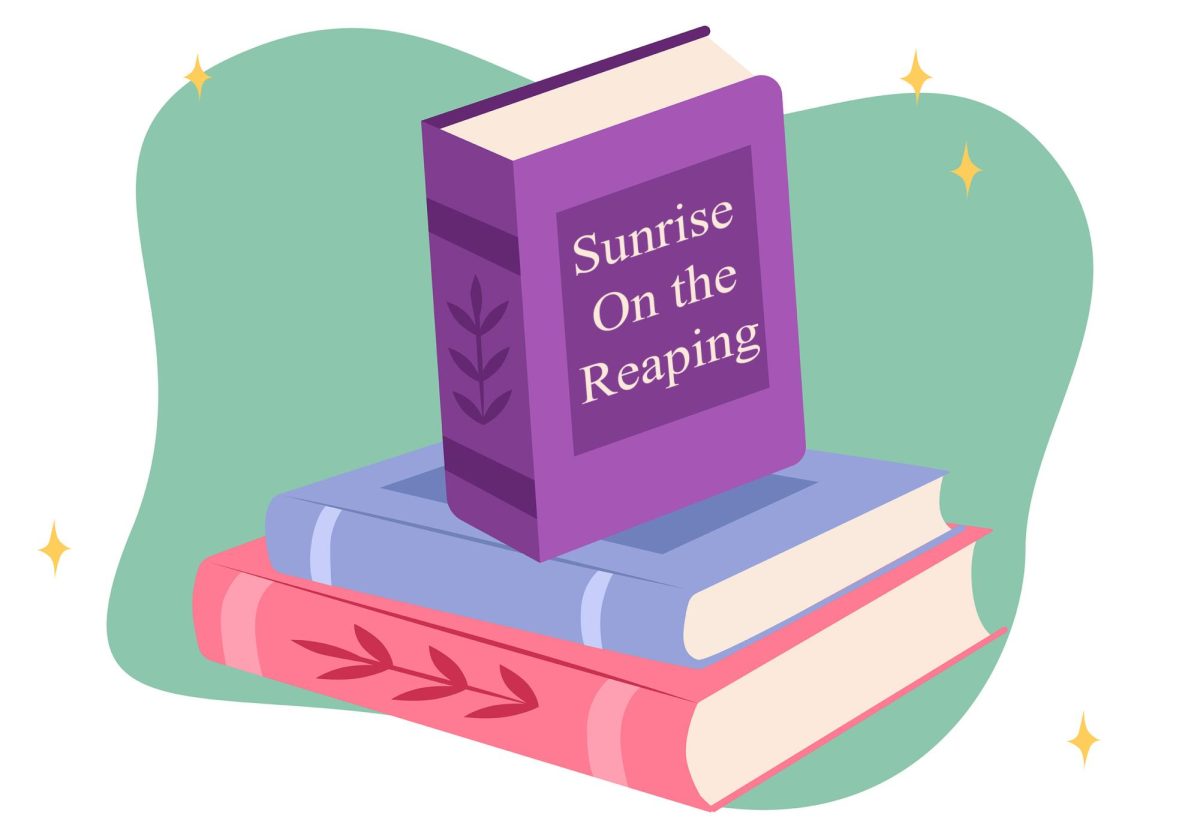A group of 12 people stood in a circle in a room in North Minneapolis, sheepishly shaking and stretching out their limbs, preparing to dance with direction from dancer Catherine Ellis Kirk.
Ten minutes in, Kirk told the group to envision a color and transfer that thought into movement that represented the color.
Kirk used these simple concepts to highlight the individuality of each participant at the “Unifying Uniqueness” workshop, held by Northrop and the Urban Research and Outreach-Engagement Center (UROC) on Friday.
Kirk, a dancer and the Education and Marketing Associate for A.I.M, a New York-based dance company, leads a traveling workshop to show that dance is an accessible form, no matter the participants’ backgrounds.
“It’s a way to talk about dance through a lens of individuality,” Kirk said. “But also, how that can highlight us as a community of artists.”
The workshop was organized by Northrop and UROC as a way to allow community members to interact with the acts that Northrop brings to the stage and vice versa. Held at UROC in North Minneapolis, “Unifying Uniqueness” drew people of all ages, hopping and skipping around the room with other strangers.
“This [workshop] was born out of the idea of having a cultural focus and not just a dance-focused workshop for dancers,” said Kat Keljik, the campus and community engagement coordinator at Northrop. “This was something that was built around movement for everyone. And that was an idea that really appealed to our partners at UROC.”
UROC hosted the event for a reason — to bring events like this closer to people living outside of the University campus and its surrounding neighborhoods.
“I think it’s important that we bring these opportunities to North Minneapolis,” said Ayolanda Mack, a local artist and entrepreneur who participated in the workshop with her sons. “We don’t always have a ton of opportunities, so when I saw this I told my sons, ‘We’re going to go and we’re going to participate.’”
The workshop was a mixture of movement and discussion. Kirk encouraged participants to walk around the room and move in whatever way their bodies allowed, following with questions about how it felt and what that meant to them.
“To integrate both the movement and having open discussion about what you want to offer to [the workshop] is really special,” Kirk said. “It allows people to see not only the movement in a different way, but to see themselves in a different way.”
The workshops are altered for each group they work with since not every community has the same exposure to dance.
“This company is very interested in the idea of personal storytelling through movement and reflecting who you are through your movement,” Keljik said. “They’re helping other folks in this workshop to conceptualize that and represent themselves in a different way.”
The workshop was about more than just breaking down the dance sequences performed by A.I.M; it was about taking dance off the stage and into the community for an afternoon.
“One of [our founder’s] main interests is having collaborators and dancers and artists in the room who value and can express through dance as much as we can through our humanity,” Kirk said. “It’s not always about being the most performative, but really accentuating and highlighting our humanity. I personally believe that’s the way that art can push the needle forward.”








